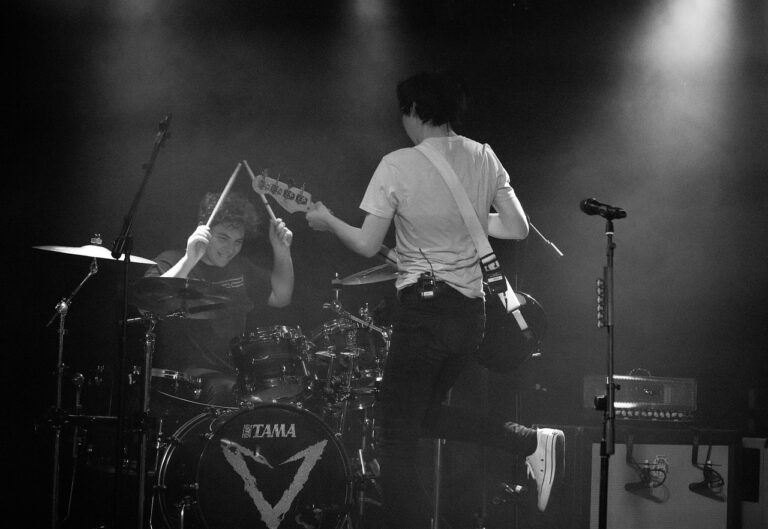Diversity and Inclusion in Hollywood: Progress and Pitfalls
In the realm of the film industry, one of the prevailing challenges lies in the lack of authentic and varied representation on screen. The tendency to perpetuate stereotypes and cast actors according to societal expectations rather than true diversity continues to hinder the progression towards more inclusive and representative storytelling. This issue not only restricts opportunities for actors from marginalized communities but also limits the scope of narratives that audiences are exposed to. The repercussions of this lack of representation are far-reaching, affecting both the perception of these communities in society and the stories that are shared and celebrated.
Moreover, the power dynamics within the film industry often favor those who adhere to traditional norms and standards, further marginalizing individuals who do not fit into the established mold. This perpetuates a cycle where diverse voices struggle to be heard and authentic representation remains a rarity rather than the norm. As a result, the industry as a whole misses out on the richness and depth that true diversity and representation could bring to storytelling. The challenge of representation in the film industry is not just about adding a token character or actor; it is about fundamentally reshaping the way stories are told and who gets to tell them.
Historical Lack of Diversity in Hollywood
The lack of diversity in Hollywood’s history is a stark reality that has plagued the film industry for decades. For many years, Hollywood has predominantly showcased stories of white characters and failed to accurately represent the diverse tapestry of cultures and backgrounds that exist in society. This lack of representation has contributed to the marginalization of minority groups and perpetuated harmful stereotypes that continue to negatively impact how these communities are viewed.
The historical exclusion of diverse voices and perspectives in Hollywood has not only limited opportunities for actors and filmmakers from underrepresented groups but has also deprived audiences of the richness and depth that diverse storytelling can bring to the screen. Despite some progress in recent years, the legacy of limited representation in the industry still looms large, highlighting the need for continued efforts to promote inclusivity and diversity in all aspects of filmmaking.
Impact of Stereotypes on Marginalized Communities
Stereotypes have long been a pervasive issue in the film industry, often portraying marginalized communities in narrow, one-dimensional ways. These portrayals can perpetuate negative stereotypes and reinforce harmful biases, leading to real-life consequences for individuals belonging to these communities. When consistently fed these limited and often inaccurate depictions, viewers may internalize these stereotypes, affecting their perceptions and interactions with marginalized groups in society.
Furthermore, the impact of stereotypes goes beyond individual beliefs and attitudes, extending into systemic inequalities and barriers faced by marginalized communities. Inaccurate and harmful representations in the media can contribute to discrimination, lack of opportunities, and limited representation both on and off the screen. This lack of diverse and authentic portrayals not only limits the storytelling potential of the film industry but also hinders the progress towards a more inclusive and equitable society.





